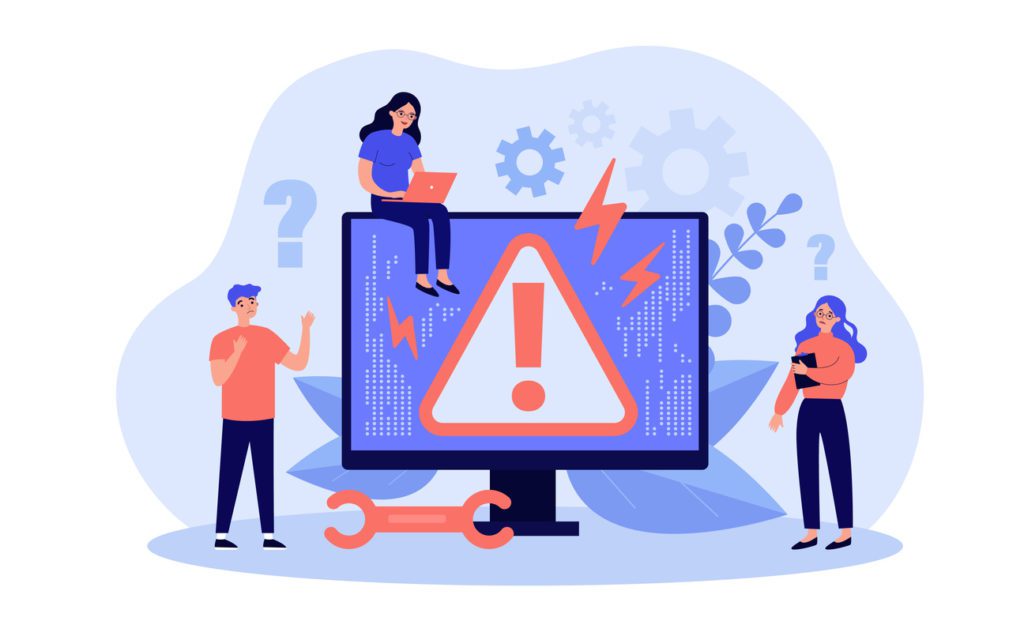Supply chain attacks (also known as a third party or value chain attack) have become quite rampant thanks to technological sophistication that has given hackers more resources to infiltrate private data and processes. Most recently, SolarWinds, an IT management company, has had to pay a high price after it was hacked, an attack that affected various US government departments including Homeland Security, Energy, State, Commerce, and the US Treasury.
From the case of SolarWinds, one can only imagine the damage that can result from supply chain attacks, especially for organizations with less sophisticated security apparatus.
Thankfully, there are viable tactics that organizations can use to enhance the security of their supply chains. Read on to learn how you can safeguard your supply chain.
Emphasize Security Requirements in Your Contract
Before getting into an agreement with a third party supplier, make sure they understand your organization’s security and risk mitigation requirements. The agreement should highlight important details, including but not limited to;
- Organization’s ability to audit third party security practices
- Establish performance standards
- Rules governing the use of foreign-based service providers
- Default termination terms
- Right to audit security measures by the organization’s internal team
Establishing a set of rules to govern your relationship with a service provider ensures that every party observes the necessary security requirements.
Assess and Understand Your Supplier Network
Supply chain attacks are essentially attributed to supply networks, which makes assessing your supplier paramount in preventing attacks. When your third party vendor has access to the organization’s confidential information, you ought to develop mechanisms to establish who can retrieve important information and how they should use it.
Building a level of trust allows you to work together to identify risk factors that can lead to a breach. Accordingly, you can develop security controls to ensure your supplier meets the required level of scrutiny.
Understand the Risks Associated With Your Suppliers
Understanding how attackers may hack into your business requires you first to understand their topmost motivation for carrying out an attack. This way, proactive measures secure your most important assets before they are compromised.
Safeguarding your supply chain is all about figuring out what you need to prioritize in your cybersecurity investment. In any case, countering an attack before it takes place allows you to employ security efforts (like sensor deployment and threat hunting) to uncover attacks that are already happening as well as vulnerabilities that can easily be exploited.
Perform Penetration Tests
Penetration tests identify vulnerabilities to allow security teams to remediate them. It is important that you confirm your service provider has a comprehensive security stack capable of preventing data infiltration to prevent a breach of your supply chain.
Equally important, your vendor should have the right apparatus to perform security tests at the perimeter level to; secure their mail servers, prevent domain hijacking, and control the use of SSL certificates. They should also conduct cyber hunt exercises regularly to counter attacks before they happen.
Implement Strong Control for Supplier Access
Vendors and service providers become prime targets for attacks because of the access they have to confidential customer information. Sadly, many organizations do not have stringent guidelines on who can access this data, which often creates room for data theft and attacks.
Companies ought to secure supplier’s access to critical information; they can do this by obligating multifactor authentication, and where possible, insist that vendors use the company’s systems to access sensitive information. For enhanced security, suppliers should only access data through an isolated network segment to allow monitoring of their activities.
Eliminate Exposure to Risky Service Providers
 System error concept.
System error concept.
If you suspect your service provider is not taking the necessary precautionary measures to protect your data, do not hesitate to terminate the relationship. You should especially be more careful with the information you provide them to ensure you do not share sensitive data. Ideally, you ought to continuously monitor the cyber posture of your vendor.
According to a survey conducted by Protiviti, 55% of organizations plan on exiting vendor relationships they deem risky. Such concrete security measures are necessary for protecting your supply chain from the activities of hackers and cybercriminals.
Analyze Your Supplier’s Incident Response Capabilities
Supply chain attacks inevitably happen at some point. As such, your vendor’s ability to respond and mitigate potential security incidences plays a critical role in protecting your company. For assurance, check whether your supplier has a detailed incident response plan. They should also be prompt in testing the resiliency of the plan through regular tabletop exercises. More importantly, confirm whether your vendor has outside legal support and the right tools to notify you in case of a cyber-attack or compromise. By doing so, you ensure that they are well prepared to handle challenges as they arise.
Do Standardized Vendor Assessments
For sure, third party risk management (TPRM) is quite broad and encompasses aspects such as cybersecurity, regulatory compliance, operational resilience, financial stability, and privacy. To fully assess all these aspects relative to your supplier, you need to employ appropriate tools.
One such tool is Standardized Information Gathering (SIG) which addresses all critical areas of TPRM. Moreover, it applies to all industries with continuous updates to ensure comprehension.
Remember that standardized vendor assessments are critical when dealing with third parties. In fact, they help you understand who they are before engaging a potential partner.
Learn More About Protecting Against Supply Chain Attacks
With supply chain attacks becoming ubiquitous, companies need to be more vigilant and aggressive in protecting their supply chains. By increasing visibility into the supply chains, building trust with vendors, and having a viable plan in case of an attack, your organization has the requisite tools for safeguarding against supply chain attacks.
At Agile IT, we pride ourselves on supporting businesses by offering tools and services that help protect organizational data. Indeed, we are confident that we can play a part in fortifying your supply chain. Contact us to get started!
Published on: .